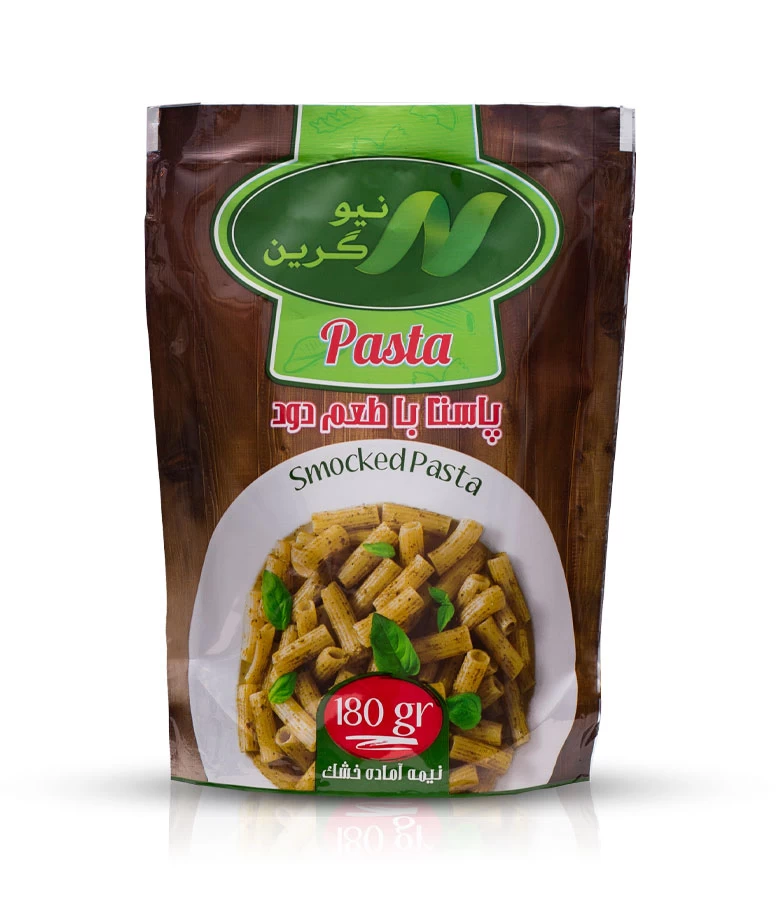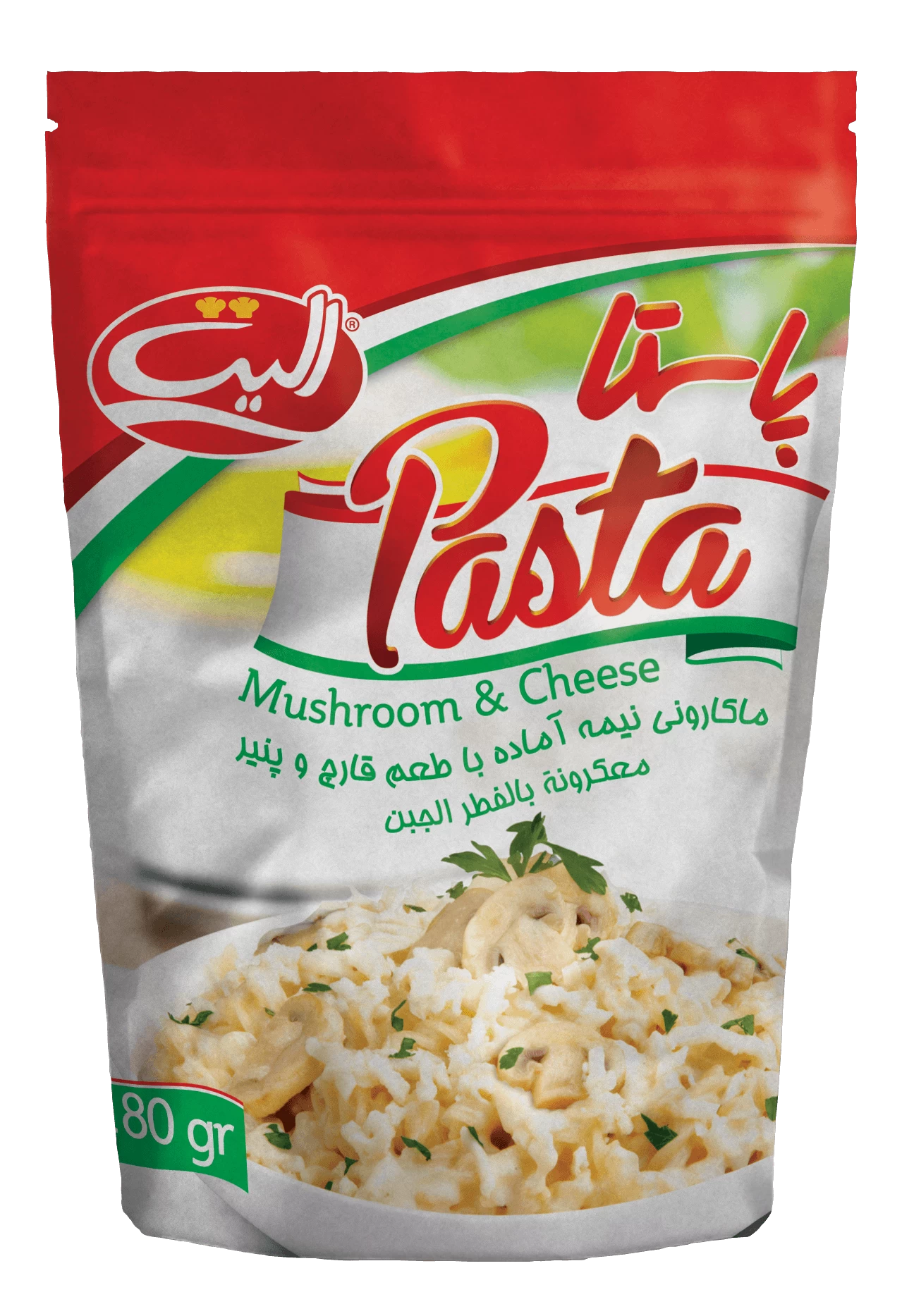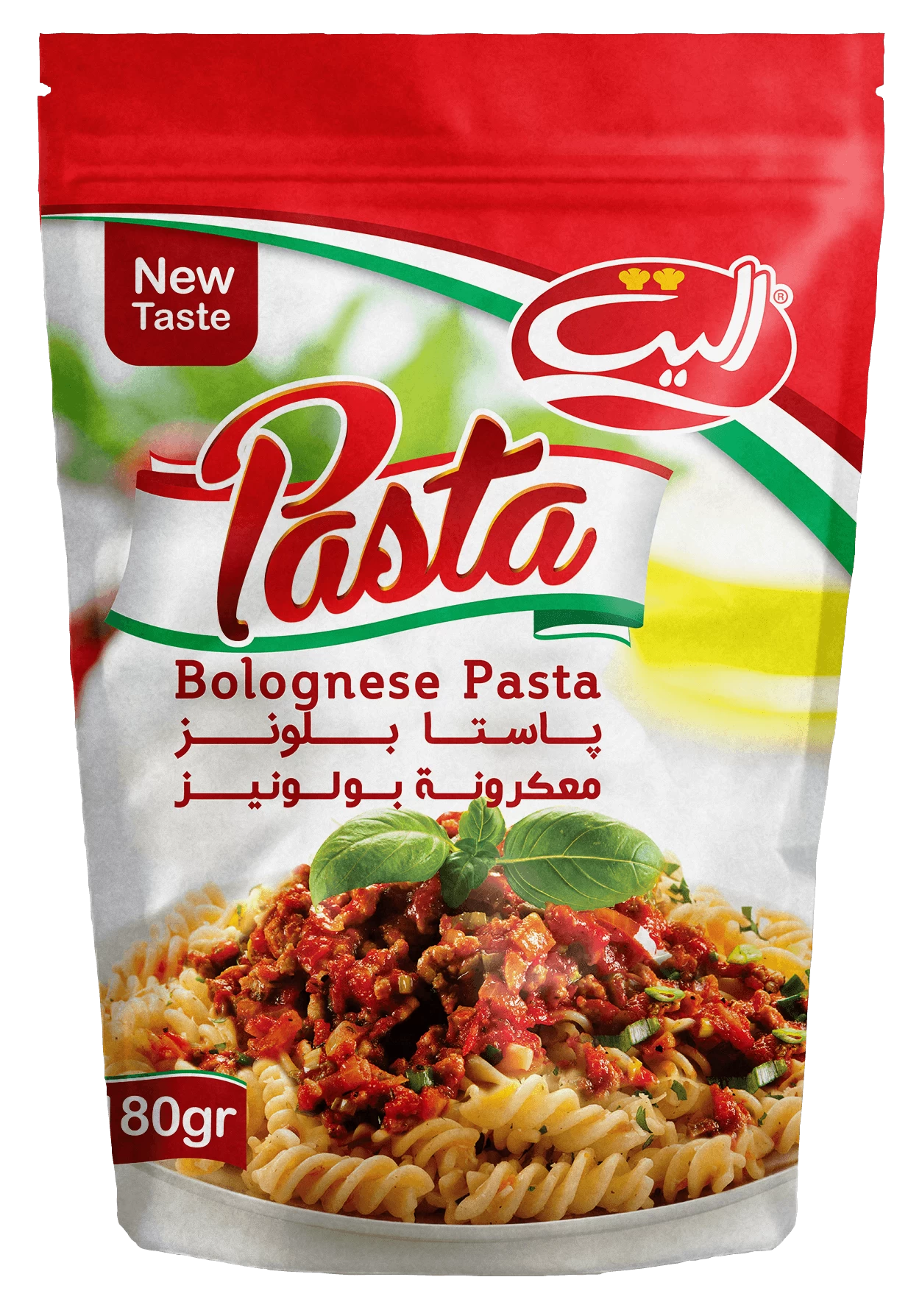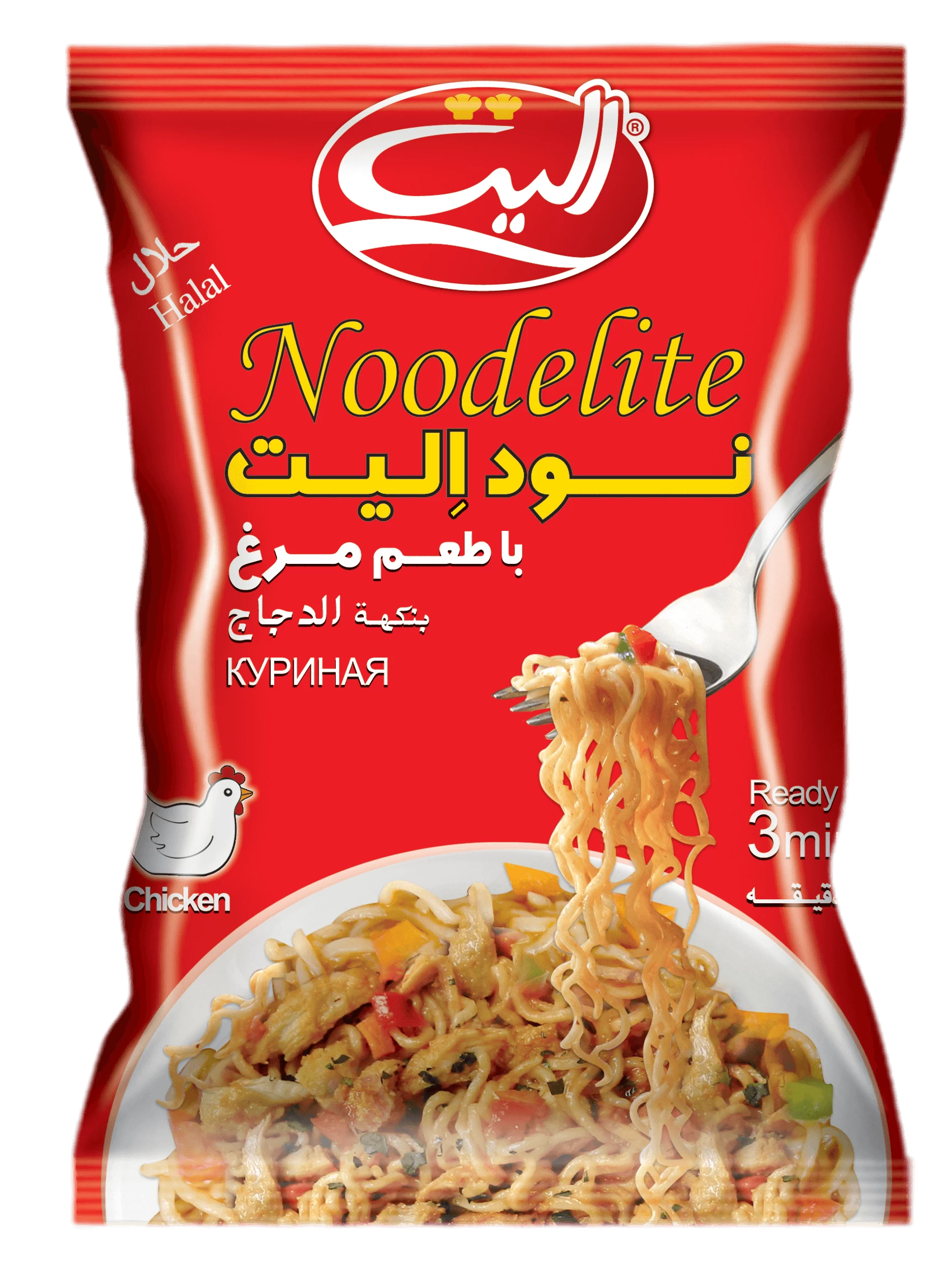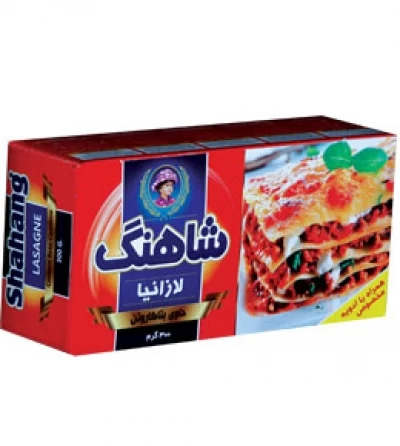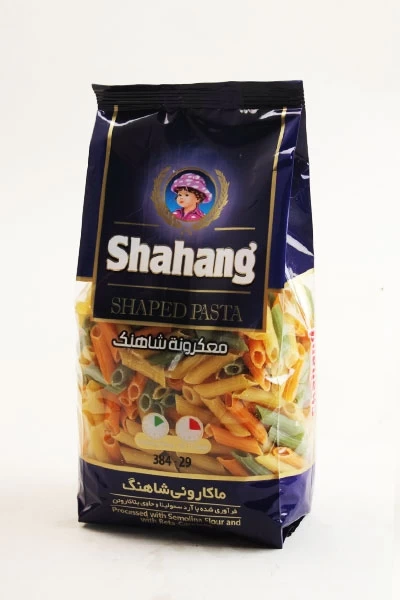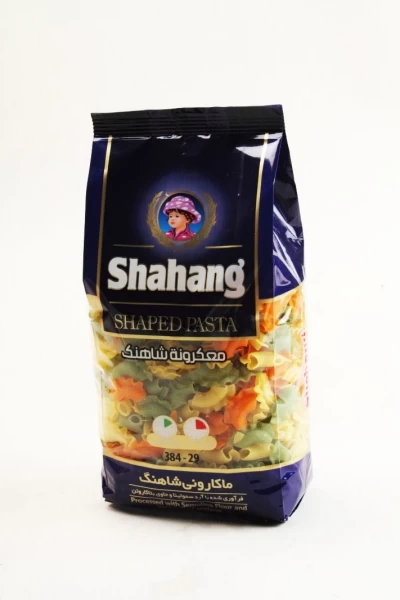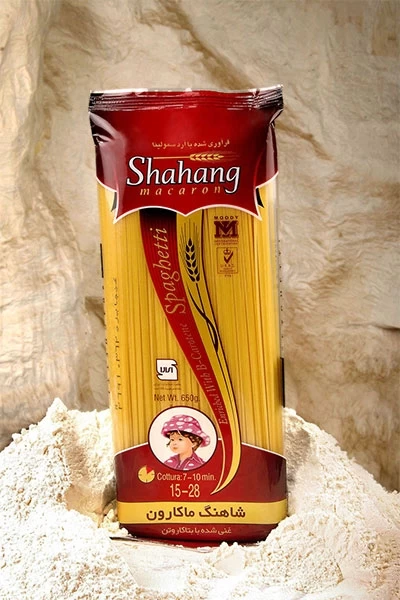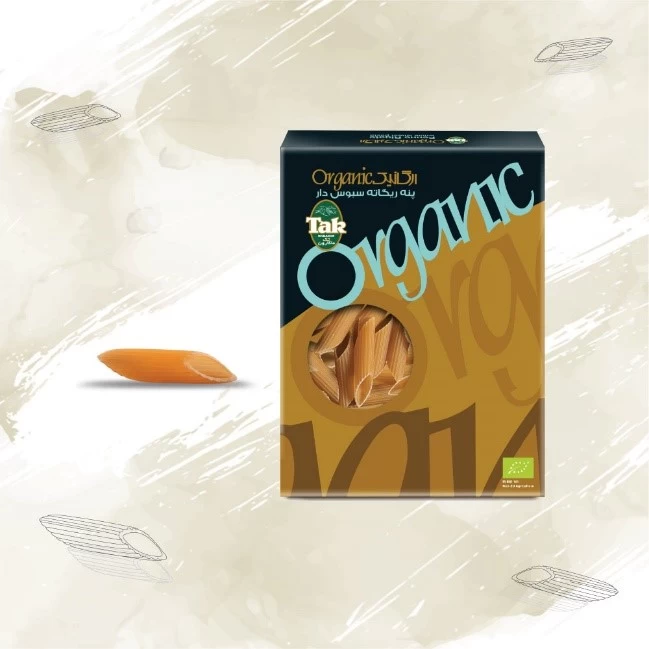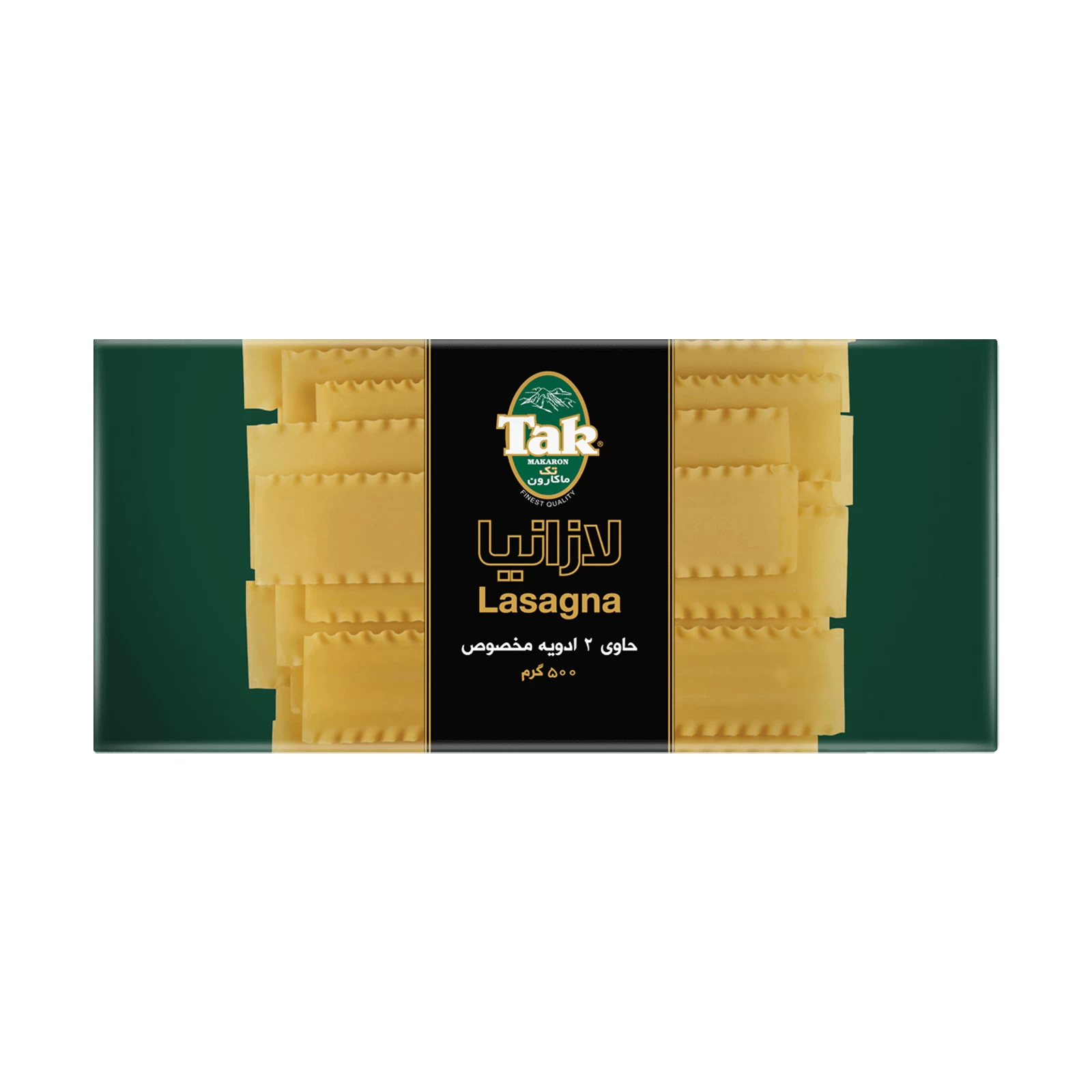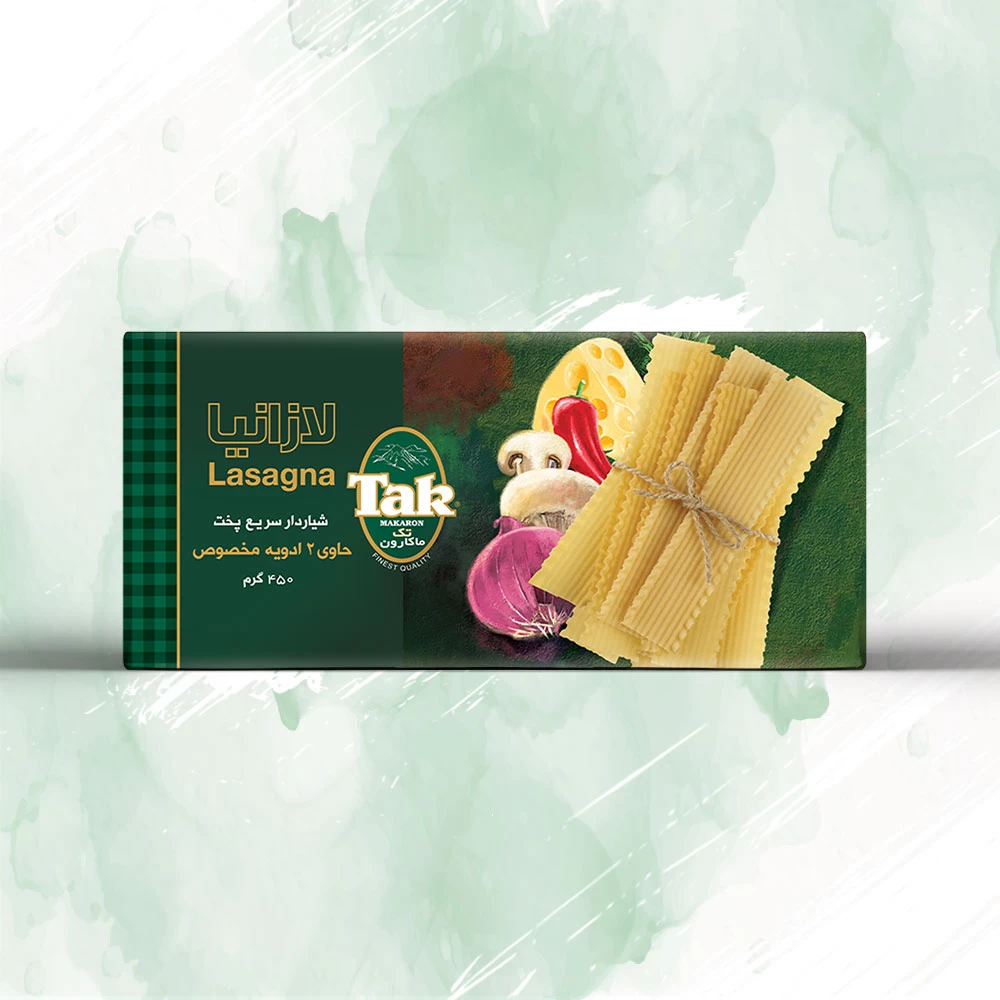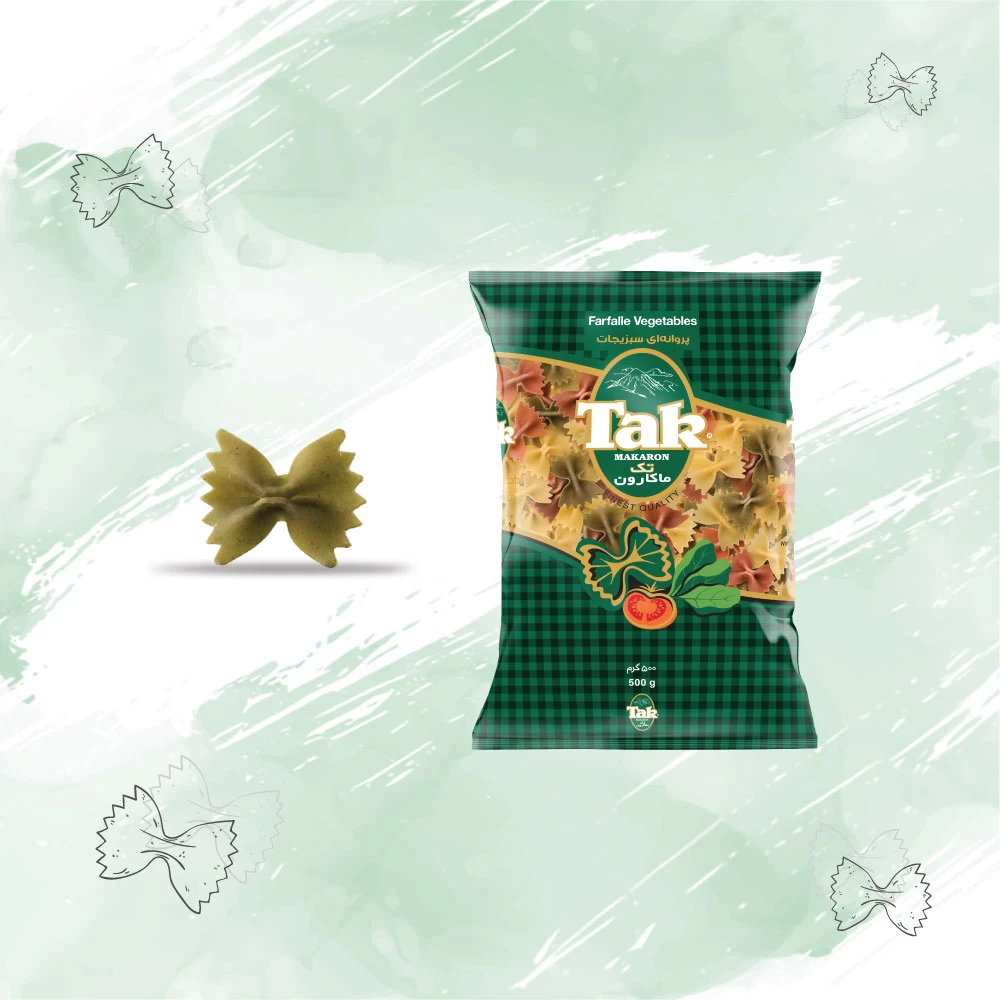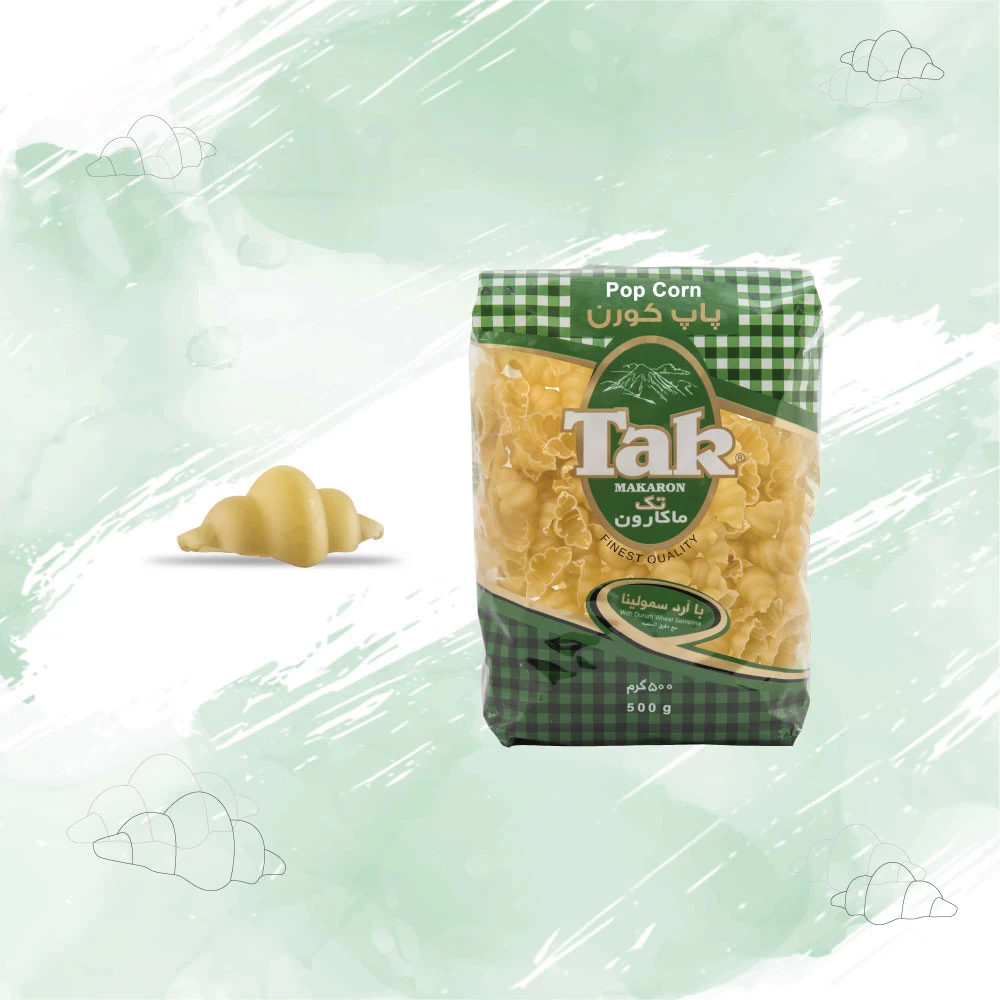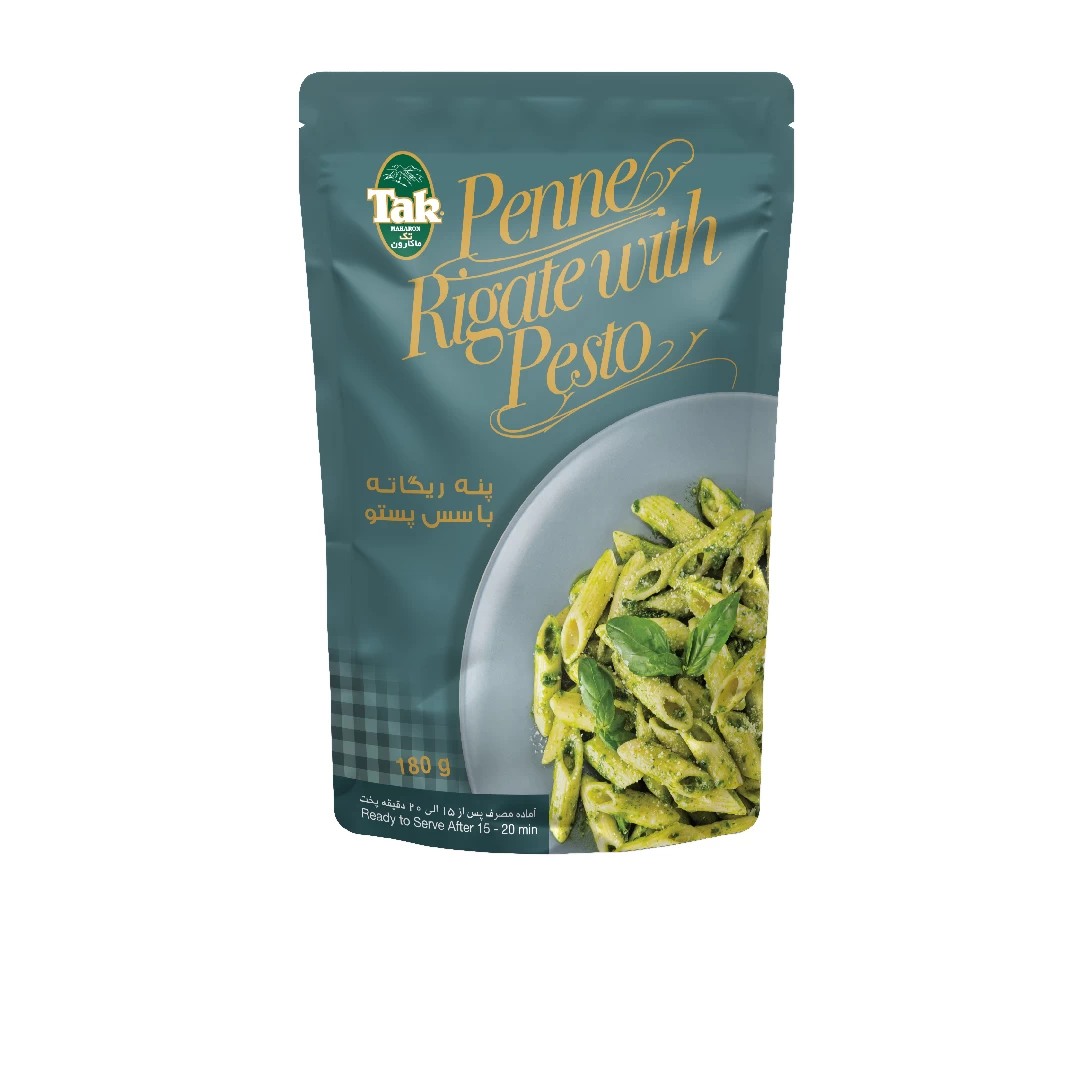Pasta & spaghetti
Pasta and spaghetti are both popular types of Italian cuisine that have gained worldwide recognition and are enjoyed by people of various cultures. Let's delve into their history, preparation, and some popular dishes featuring these delicious ingredients.
Pasta, a staple of Italian cuisine, is a versatile food made from unleavened dough consisting of wheat flour, water, and sometimes eggs. It comes in various shapes and sizes, each suited to different types of sauces and preparations. The history of pasta dates back centuries, with its origins believed to be in ancient China, where noodles were first made using rice flour. However, pasta as we know it today is strongly associated with Italy.
Spaghetti is a type of pasta and is perhaps one of the most well-known and widely consumed pasta shapes. It is long, thin, cylindrical in shape, and typically made from durum wheat semolina. Spaghetti is often cooked by boiling it until it reaches an al dente texture, which means it is cooked but still firm to the bite.
One of the most famous and beloved dishes featuring spaghetti is spaghetti bolognese, also known as spaghetti alla bolognese. It is a meat-based sauce originating from Bologna, Italy. The sauce is typically made with ground meat (often a combination of beef and pork), onions, garlic, tomatoes, herbs. The cooked spaghetti is then tossed in the sauce, creating a delicious and hearty meal.
Another classic spaghetti dish is spaghetti aglio e olio, which translates to spaghetti with garlic and oil. It is a simple yet flavorful preparation that involves sautéing minced garlic in olive oil and then tossing the cooked spaghetti in the aromatic mixture. This dish is often garnished with chopped parsley, grated cheese, and sometimes red pepper flakes for a touch of heat.
_1711384905.jpg)
Besides spaghetti, there are numerous other pasta shapes available, such as penne, linguine, fettuccine, and farfalle, to name just a few. Each shape has its own unique characteristics and works well with different types of sauces. For example, penne is often paired with thick tomato-based sauces or creamy preparations, while linguine is commonly served with seafood-based sauces like linguine alle vongole (linguine with clams).
Pasta and spaghetti offer a world of culinary possibilities. They can be served with a variety of sauces, including tomato-based sauces, cream-based sauces, pesto, or even served cold in pasta salads. They can be topped with grated cheese, fresh herbs, vegetables, or various types of proteins like meat, seafood, or tofu, allowing for endless creative combinations.
Whether you prefer a classic spaghetti dish or like to experiment with different pasta shapes and flavors, pasta and spaghetti remain beloved comfort foods that have stood the test of time and continue to delight people around the globe.
Pasta and spaghetti can be cooked and enjoyed on their own, but they are often prepared with other ingredients to create a complete and flavorful dish. Here are some common food products that are commonly used in conjunction with pasta and spaghetti:
1. Sauces: Pasta and spaghetti are commonly paired with a variety of sauces to enhance their flavor. This can include tomato-based sauces like marinara or bolognese, cream-based sauces like Alfredo or carbonara, or even oil-based sauces like aglio e olio. These sauces typically include ingredients such as tomatoes, herbs, garlic, onions, cream, butter, and various seasonings.
2. Vegetables: Adding vegetables to pasta and spaghetti dishes can provide additional texture, flavor, and nutritional value. Common vegetable additions include bell peppers, zucchini, mushrooms, spinach, cherry tomatoes, and broccoli. These can be sautéed, roasted, or steamed before being combined with the pasta.
3. Proteins: Pasta and spaghetti can be made more substantial by adding proteins such as meat, seafood, or tofu. Popular choices include cooked ground beef or pork, grilled chicken, shrimp, clams, mussels, or sautéed tofu. These proteins can be incorporated into the sauce or served as a topping.
4. Cheese: Grated or shredded cheese is a common topping for pasta and spaghetti dishes. Parmesan, Pecorino Romano, and mozzarella are popular choices. Cheese adds a rich and savory element to the dish and can be sprinkled on top or melted into the sauce.
5. Herbs and Spices: Fresh or dried herbs and spices are often used to season pasta and spaghetti dishes. Common choices include basil, oregano, parsley, garlic, chili flakes, and black pepper. These ingredients add depth of flavor and enhance the overall taste of the dish.
It's important to note that the choice of ingredients and combinations can vary depending on personal preferences, regional cuisines, and dietary restrictions. The versatility of pasta and spaghetti allows for endless possibilities, and you can experiment with different flavors and ingredients to create your own unique dishes.
The healthiness of pasta and spaghetti dishes can vary depending on the specific ingredients and preparation methods used. Here are some factors to consider:
1. Nutritional Value: Pasta and spaghetti are primarily made from wheat flour, which provides carbohydrates, fiber, and some protein. Whole wheat pasta, which is made from whole grain flour, offers more fiber and nutrients compared to refined pasta. It's a good idea to choose whole wheat or whole grain options when possible, as they can contribute to a healthier diet.
2. Portion Control: The portion size of pasta and spaghetti dishes plays a significant role in their overall healthiness. It's important to be mindful of portion sizes to avoid consuming excessive calories and carbohydrates. Moderation is key, and balancing pasta with generous servings of vegetables, lean proteins, and healthy fats can help create a well-rounded and nutritious meal.
3. Sauce Choices: The type of sauce used can greatly impact the healthiness of pasta and spaghetti dishes. Tomato-based sauces, such as marinara or tomato and vegetable sauces, can be relatively low in calories and provide vitamins and antioxidants. Cream-based sauces, on the other hand, tend to be higher in fat and calories. Choosing lighter versions or opting for sauces made with low-fat dairy or alternative ingredients can help reduce the overall calorie content.
4. Additional Ingredients: The healthiness of pasta and spaghetti dishes can also depend on the additional ingredients used. Adding plenty of vegetables, such as broccoli, spinach, or bell peppers, can increase the nutritional value and fiber content of the meal. Lean proteins like grilled chicken or seafood can contribute to a balanced dish. However, ingredients like high-fat cheeses, heavy creams, or processed meats should be used in moderation to maintain a healthier profile.
5. Cooking Methods: The way pasta and spaghetti are cooked can also impact their healthiness. Boiling or steaming pasta is a healthier cooking method compared to deep-frying or pan-frying. Additionally, avoiding excessive amounts of added fats, such as butter or oil, can help reduce the calorie content.

As with any food, it's important to consider the overall balance of your diet and to enjoy pasta and spaghetti dishes as part of a varied and well-rounded eating plan. Incorporating plenty of vegetables, lean proteins, and using lighter sauce options can help make these dishes a healthier choice.
_1711384905.jpg)

FAQs
What are some popular pasta shapes besides spaghetti?
Some popular pasta shapes besides spaghetti include penne, linguine, fettuccine, farfalle (bowtie), rigatoni, and macaroni.
What are the main ingredients used to make a classic spaghetti bolognese?
The main ingredients used to make a classic spaghetti bolognese include ground meat (often a combination of beef and pork), onions, garlic, tomatoes, herbs (such as basil and oregano).
How can you add a healthier twist to pasta and spaghetti dishes?
For a healthier approach to pasta and spaghetti dishes: 1. Choose whole wheat or whole grain pasta. 2. Increase vegetable content with options like spinach or bell peppers. 3. Opt for lean proteins such as grilled chicken or seafood. 4. Use tomato-based sauces instead of heavy cream-based ones. 5. Minimize added fats and enhance flavors with herbs and spices. 6. Consider alternative pasta options like zucchini noodles or spaghetti squash. 7. Practice portion control and balance pasta with ample vegetables and proteins.
What are some creative and unique sauce options to try with pasta and spaghetti?
Some creative and unique sauce options to try with pasta and spaghetti include pesto, lemon garlic sauce, creamy avocado sauce, or roasted red pepper sauce.
 +7929688-88-14
+7929688-88-14

 English
English
 Persian
Persian
 Russian
Russian
 Chinese
Chinese


 +7929688-88-14
+7929688-88-14

